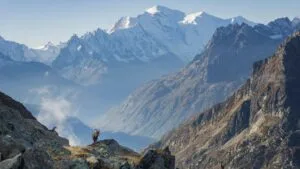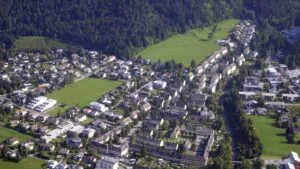Abstract/Description
The Himalayan region, also known as the Third Pole holds paramount significance for the Indian subcontinent across climate, ecology, food and water security, culture, and economy. The region faces multiple natural hazards such as landslides, flash floods, GLOFs, and earthquakes. While the Himachal Pradesh State Disaster Management Authority recognizes the importance of land use in disaster management, comprehensive scientific research evaluating the relationship between regional land use change and disaster risk is lacking. Furthermore, the existing research predominantly focuses on physical aspects like geomorphology and hydrology, neglecting socio-cultural and economic drivers of land use practices at the grassroots level.This study adopts an interdisciplinary approach to assess the impact of land use policies, practices, and perceptions in disaster risk in the Himalayan region, specifically Kangra district in Himachal Pradesh. The district, spanning the lower and middle Himalayas, serves as a comprehensive case study due to its geographical diversity. The theoretical premise comprises climate change science, IPCC-based disaster risk assessment framework, disaster resilient spatial planning, and sustainable land management with a focus on the political ecology of land use. Methodologically, the study incorporates land use policy review, land use land cover change analysis using remote sensing data within the last three decades, mapping of land use practices and perceptions based on ethnographic methods, and documentation of local spatial interventions like stormwater drainage system, hill-cutting, and construction techniques. Results demonstrate significant linkages between land use patterns and causative factors of hazards, notably, the disruption of natural drainage patterns and deforestation leading to soil liquefaction and subsequent landslides. In light of these findings, the study proposes key strategies entailing guidelines for sustainable land use planning and practices to enhance disaster resilience. These include microzonation of land, practicing lightweight construction techniques, and developing NbS, among others. The interdisciplinary nature of this study and its focus on integrating local land management practices within the disaster risk reduction framework introduces a novel approach to disaster studies and addresses the critical need for a more holistic understanding of disaster risk in Kangra as well as the wider Indian Himalayan Region



